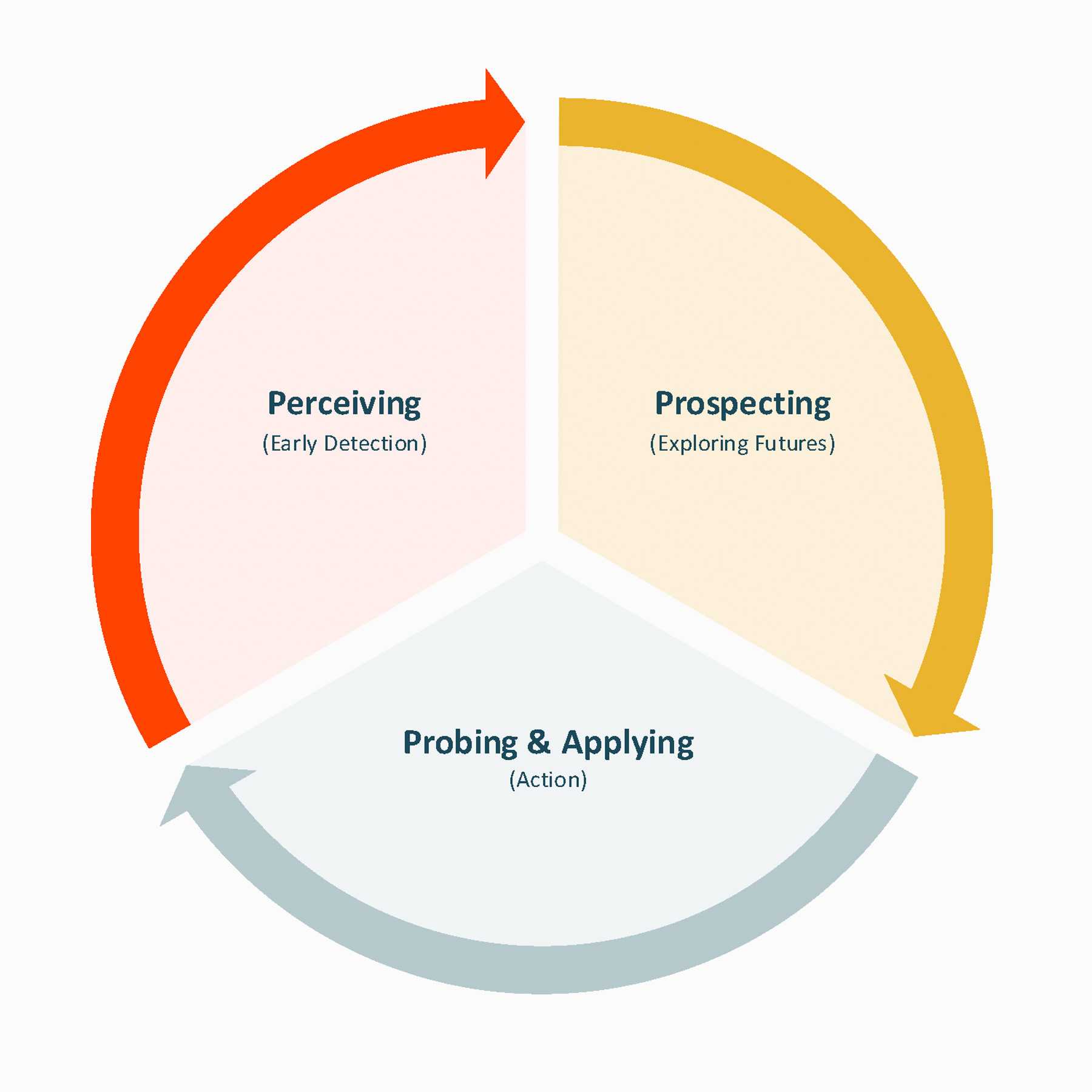

We are at a hinge moment for fintech. Big changes will unfold quickly, and the choices we make now will shape the global financial landscape for years to come.
The financial services system we have today is highly evolved, tightly regulated and deeply woven into the fabric of national sovereignty and economic security. But the paradigm for the future of finance is global—anywhere, anytime, for anyone with an internet connection. Now that promise of borderless technology is running up against the friction of newly assertive national interests, economic competition and geopolitical rivalries. Nowhere is this clearer than in the sea-change of U.S. policy on crypto and blockchain—Exhibit A in a story that will have ripple effects worldwide.
The United States is doubling down on its technological and economic leadership and seeking to reinforce the dollar’s dominance as the world’s reserve currency. The bipartisan passage of the GENIUS Act paves the way for stablecoins and signals serious momentum on a digital asset framework at the federal legislative and regulatory levels and in the states. Policymakers are encouraging innovation not only in artificial intelligence, but also in stablecoins, digital assets and blockchain applications to bootstrap the next generation of financial infrastructure. This push has the backing of investors, fintech firms, banks and companies in various sectors.
This moment has been compared to the 1996 Telecommunications Act, which allowed the early internet to flourish and unleashed a world we could not have imagined then. It’s an awe-inspiring opportunity—and a cautionary tale, especially as we contemplate the future of money.
But as fintech’s future becomes more global, a key question looms: How will this work in a fragmented world? Overcoming fragmentation is needed not just to drive innovation from country to country, but to prepare for the tsunami of stablecoins and tokenized real-world assets—alongside digital assets and DeFi (decentralized finance) products—that will trade around the clock, across borders, on public blockchains. These new systems must be interoperable with each other and the existing financial infrastructure.
Borderless Technology in a Fragmented World
This was the hot topic at a recent gathering of fintech and blockchain executives, policy makers and legal experts convened by APCO and the Fintech Foundation. The central challenge: How do we unlock the full potential of borderless technology in a fragmented world?
Three core questions emerged:
Global competition or collaboration: Will new U.S. openness to stablecoins, crypto and blockchain—supercharged by AI—spur other countries to lean into their own on-chain financial innovation and rules as a matter of national strategy? Or are there offsetting forces and benefits that drive global collaboration on technological and regulatory fronts?
- Key Takeaway: The future is global and go-it-alone approaches will not work. While nations will always prize their sovereignty, interoperability demands collaboration—between countries, across established financial networks and with the new world of public blockchains. The backing of major financial institutions and the sheer scale of the opportunity favor cross-border cooperation over competition.
Regulatory fragmentation or harmony: How do we avoid replicating the regulatory silos of analog finance in an on-chain finance world? Especially with potentially massive volumes of programmable money movements and digital assets trading 24/7 globally, what are the optimal standards to enable on-chain finance to scale across borders such that it delivers innovative benefits in-country and guards against risks to the overall system?
- Key Takeaway: Digital assets will push countries towards regulatory harmonization, but it is going to require time, patience, dialog and experimentation. Cross-border payments are the natural starting point: by focusing on common standards for key risks of on-chain payments like instant settlement, fraud prevention, anti-money laundering and consumer protection, we can lay the foundation for trust and innovation.
Public trust or distrust: In the push for clear rules of the road to accelerate innovation, are we doing enough to educate the public on the road ahead? As financial experts focus on the technical minutiae of a reliable and trustworthy system, how can we also ensure that communities, businesses and individuals see the benefits—and understand the risks—before public distrust and social fragmentation take root?
- Key Takeaway: Market participants are not spectators. Their choices and adoption of financial technology will drive change, so their voices matter—we need to listen, seek input and watch what they do. Just as new generations brought new behaviors to the internet and social media, they will do the same with crypto and blockchain. In emerging markets, consumers and small businesses are leapfrogging from cash to digital wallets. As basic inclusion issues are solved by technology, public priorities and resources can shift to broader opportunities for economic empowerment.
What’s Next?
The stakes are high. The World Economic Forum’s report, “Navigating Global Financial System Fragmentation,“ calculates the cost of fragmentation at $5.7 trillion in lost global GDP. The upside is equally massive. WEF calls for G20 nations to pursue mutual recognition of standards and ensure that parallel market structures are interoperable.
That may sound like evolution, not revolution. But less than two decades after Bitcoin’s debut, it is widely accepted that our financial system is fragmented, fragile and vulnerable to fraud. Integrating emergent technologies will help us to retrofit, enhance and in some cases completely transform what exists today to empower billions of people and businesses and economies around the world.
Yet if we fail to find common ground, we risk a fractured global system where innovation stalls, economic opportunity is unevenly distributed and the financial system remains open to inefficiencies, fraud and cybersecurity risks. As the United States, EU and China accelerate their own digital ecosystems, India pursues its own path, leveraging digital public infrastructure to drive financial inclusion, Africa seeks common standards for 54 nations and currencies and so on—the world could fragment into regional blocs seeking to set rules, export standards and force smaller countries to choose sides.
To bridge the divide, we will need to build interoperable, forward-looking frameworks that rely on robust standards, security and education. The promise of this hinge moment is real, but so is the need for patience to get it right.


